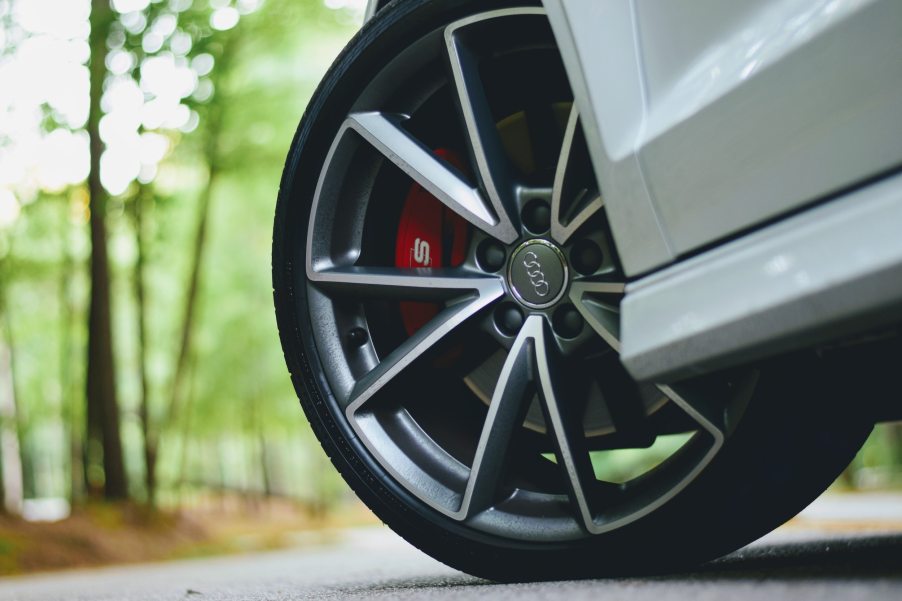
How Choosing the Right Type of Car Tires Can Help You Save Money on Gas
There are a few factors to think about before you buy new car tires. First, you will want to consider braking performance for safety reasons. You’ll also want to think about wet-weather grip. For instance, do you live somewhere where it snows or rains regularly? Next, think about how long the tires are going to last. We understand that not everyone can afford to replace tires frequently, but quality should always be at the top of your shopping list. Lastly, price. Is this a part of your vehicle you’re willing to splurge on, or do you not drive often? Keep in mind that your tire’s rolling resistance can end up saving you money at the gas pump. Let’s see how.
What are low-rolling-resistance tires?
According to Consumer Reports, “Rolling resistance refers to the energy it takes to rotate the tires, affected by the friction caused when the tire surface meets the road. The Department of Energy estimates that 4 to 11 percent of fuel consumption is due to tire rolling resistance.”
Now more than ever, there have been significant strides in tire technology. Auto manufacturers are taking this into consideration now that gas prices are on the rise.
How can different types of tires impact a vehicle’s performance?

Consumer Reports recently conducted tests of performance all-season car tires. Surprisingly, there was a 34% difference in rolling resistance between the best and worst performing options.
The publication stated, “Over 12,000 miles driven, that 34% difference in resistance equals about 14 gallons of gas separating the best performer from the worst, based on average fuel economy. It adds up to about $70 per year or about $360 over the life of a set of tires.”
Consumer Reports based these savings on gas being at $5 per gallon. In addition, some of the tires with the lowest rolling resistance ranked in the higher half of the ratings.
Think of it this way: The lower the resistance, the better the fuel economy. Here are some of the top options based on rolling resistance force in pounds:
- Nexen N5000 Platinum – 9.1
- Pirelli Cinturato P7 All Season Plus II – 9.3
- Hankook Kinergy 4s2 – 9.6
- General Altimax 365 AW – 9.9
- Continental PureContact LS – 10
- Nokian WRG4 – 10
- Yokohama Avid Ascend LX – 10.1
- Atlas Force HP – 10.1
- Sumitomo HTR Enhance LX2 – 10.2
- Sailun Inspire – 10.2
Which type of car tires are best?
That depends on your driving habits and goals. It’s always important for car tire shoppers to prioritize safety, like overall handling and wet braking. Other elements that are important to think about include rolling resistance and warranties. If you can, don’t avoid tires that are a bit more costly. In the end, performance all-season tires are worth the higher price tag. Consumer Reports tested a wide range of tires, and the results showed that some of the most expensive ones provide excellent traction and long life. That means you’ll be getting the most out of your investment.



